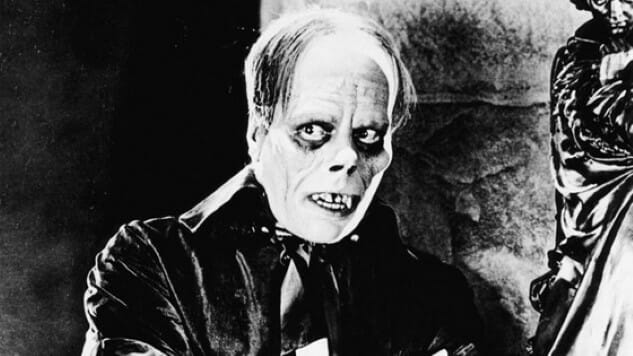The Best Horror Movie of 1925: The Phantom of the Opera

This post is part of Paste’s Century of Terror project, a countdown of the 100 best horror films of the last 100 years, culminating on Halloween. You can see the full list in the master document, which will collect each year’s individual film entry as it is posted.
The Year
The Hunchback of Notre Dame made Lon Chaney Sr. into a “horror” star in 1923, but it’s Phantom that really solidifies the perception, at least as far as our pop-cultural memory is concerned. In truth, Chaney was cranking out genre movies at a ridiculous pace in this particular era—every year seems to have a handful of Lon Chaney starring vehicles. In 1925, he also stars in future Dracula and Freaks director Tod Browning’s The Unholy Three, and in another low-budget horror flick called The Monster, practically cornering the entire genre to himself. Never again would horror be so dependent upon a single face, so it’s almost no wonder that Chaney was the “Man of a Thousand Faces”—he literally had to be.
As for the rest of 1925, there’s not a ton to recommend. The Lost World is an early achievement in stop-motion dinosaur effects, but is a bit of a stretch to label as horror. Maciste in Hell is an interesting adaptation of Dante’s Inferno-style hand-wringing, but good luck finding a decent copy of it. Phantom stands head and shoulders above everything else.
1925 Honorable Mentions: The Unholy Three, The Monster, The Lost World, Maciste in Hell
-

-

-

-

-

-

-

-

-

-

-

-

-

-

-

-

-

-

-

-

-

-

-

-

-

-

-

-

-

-

-

-

-

-

-

-

-

-

-

-








































